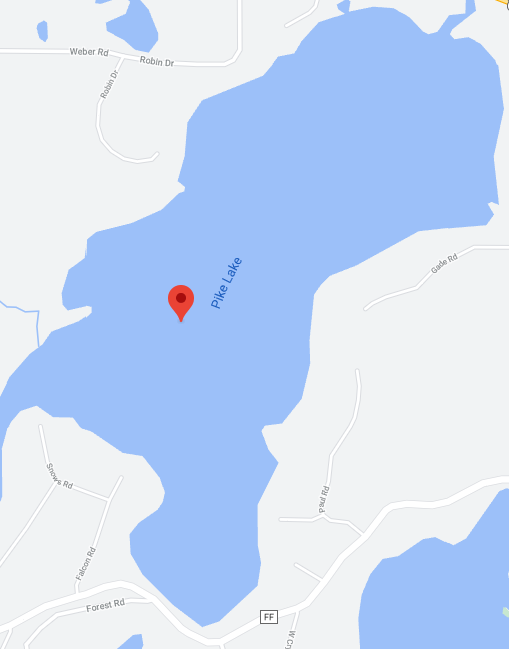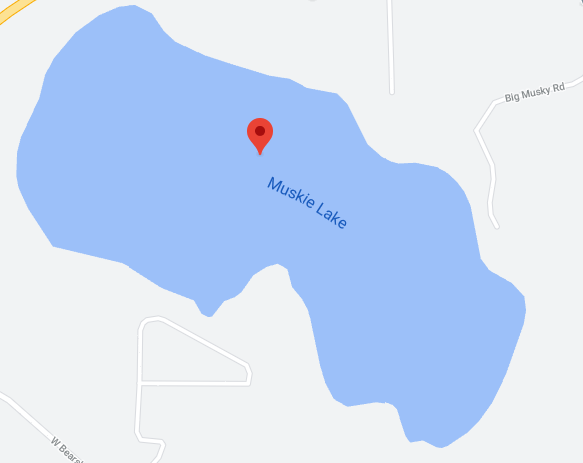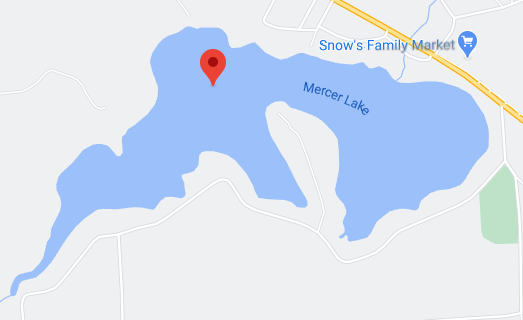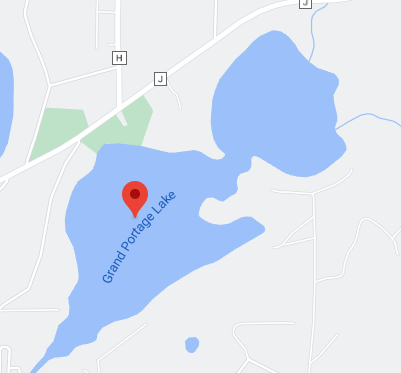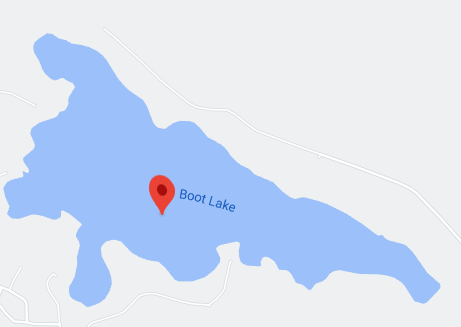| Characteristic | Details |
|---|---|
| Active Ingredient | Isotretinoin |
| Available Dosages | 10 mg, 20 mg, 40 mg |
| Route of Administration | Oral |
| Drug Class | Retinoids |
| Uses | Severe Acne |
| More on Accutane | |
Pharmacokinetics
The pharmacokinetics of Accutane 20 mg involve absorption, distribution, metabolism, and excretion. Upon oral intake, its absorption is variable. A high-fat meal increases its bioavailability. Once absorbed, it binds extensively to plasma proteins. Accutane’s half-life varies between 10 to 20 hours, impacting dosage schedules.
Accutane 20 mg undergoes extensive hepatic metabolism. Several metabolites contribute to its effects. These include 4-oxo-isotretinoin, which shares therapeutic activity. Metabolic pathways primarily involve cytochrome P450 enzymes. This process necessitates careful monitoring for drug interactions.
Excretion occurs primarily through feces. Renal elimination contributes to a lesser extent. Given these pathways, renal or hepatic impairment may necessitate dose adjustments. The pharmacokinetics underline the importance of tailored dosing for therapeutic efficacy.
Dosage Information
Accutane dosing is weight-based. Typical regimens range from 0.5 to 2 mg/kg daily. The total duration often spans 15 to 20 weeks. Treatment goals aim for cumulative dosages to reduce acne severity and recurrence.
Accutane 40 mg may be prescribed for severe cases. Patient response guides dosing adjustments. Monitoring is crucial for achieving desired outcomes while minimizing adverse effects. Regular lab tests check liver function and lipid levels.
Adjustments may occur with persistent side effects. Doctors may reduce doses or extend intervals. Each modification considers the risk-to-benefit ratio. Adherence ensures efficacy while managing potential toxicity.
Accutane Precautions
Accutane 10 mg requires strict precautions due to its potent effects. Teratogenicity mandates effective contraception for females of reproductive age. Pregnancy tests precede and accompany treatment.
Liver function tests are essential before initiating therapy. Regular monitoring detects hepatic stress early. Abnormalities may necessitate cessation or dosage modification.
Mental health evaluations are crucial. Mood alterations or depressive symptoms warrant immediate attention. Patients should report psychological changes promptly.
Accutane Disposal
Disposal of unused Accutane must prevent accidental exposure. Patients should not dispose of it in household trash or via flushing. Special take-back programs are ideal. Pharmacies may provide disposal kits.
Proper disposal mitigates environmental contamination risks. It ensures that pharmaceuticals do not affect water sources or wildlife. Following local guidelines helps maintain community safety.
Accutane Signs and Symptoms of Overdose
Overdose symptoms include severe headache, dizziness, and vomiting. Patients may experience abdominal pain or dizziness. Severe cases involve seizures or hepatic injury.
Immediate medical attention is crucial. Healthcare providers may perform gastric lavage or administer activated charcoal. Symptomatic treatment follows to address specific manifestations.
Preventing overdose involves adhering to prescribed dosages. Patients should understand the risks of deviation. Consistent communication with healthcare providers supports safe usage.
Is Non-prescription Accutane Available?
Accutane is not available without a prescription. Its potency and side effects necessitate medical oversight. Physicians determine suitability based on clinical evaluations.
Accutane’s classification as a controlled substance underscores its risks. Prescription ensures patient safety through guided use. It mitigates potential misuse and associated complications.
Patients should consult dermatologists for alternative treatments if Accutane is inappropriate. Skincare regimens or other medications may offer viable options. Professional guidance remains indispensable in acne management.
Primary source:
- https://alvalac.com/2024/06/26/la-enfermedad-de-bowen-y-sus-implicaciones-medicas/
- https://businessrockstarvietnam.com/avian-influenza-and-its-implications-in-medicine/
- https://www.911mg.org/erectile-dysfunction/fildena.htm
- https://esteticabrassia.com.co/beckwith-wiedemann-syndrome-implications-for-migraine-therapy/
- https://descoperabali.ro/intelegerea-leziunilor-profesionale-traumatice/
- https://dclassyclicks.com/filovirus-infections-and-framycetin-sulfate-in-eye-treatments/
- https://cotswold-educare-preprimary.co.za/2024/09/20/hydrocodone-bitartrate-extended-release-tablets/
- https://www.lady-era.net/female-libido.html
- http://thenewnation.org/ferric-pyrophosphate-citrate-solution-in-dialysis-therapy/
- https://tilliliving.de/thiosan-a-critical-review-of-antimicrobial-agents/


















